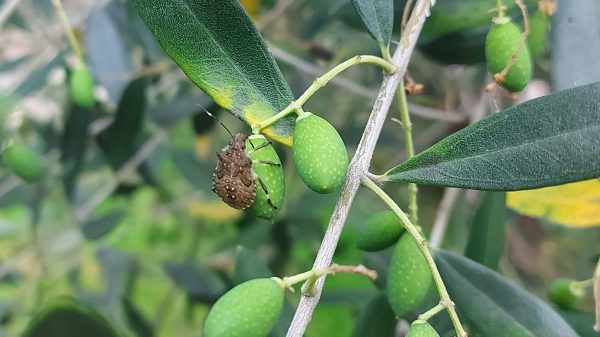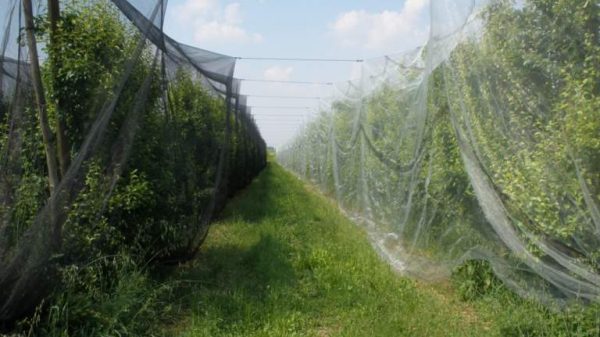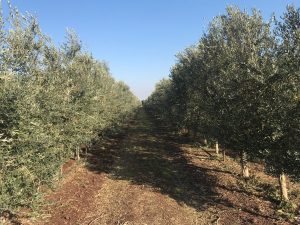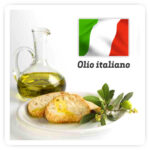The labeling of extra virgin olive oils with the indication of the geographical origin of the olives used is, as is known, mandatory, complete with the 2009 EU Regulation. But, more than a decade later, there is still no official method of investigation capable of settling disputes in the event of contesting the authenticity of the declared origin.
An answer in this sense – namely the proposal of a method useful for clarifying not only the cultivars used for a specific oil, but also the territory where they were grown – comes from Puglia and in particular from Lecce. Here the General and Inorganic Chemistry group of prof. Francesco Paolo Fanizzi of the University of Salento (in the picture) has experimented and has been using for several years an original method for the varietal and geographical origin characterization of extra virgin olive oils through nuclear magnetic resonance (NMR, from Nuclear Magnetic Resonance).
 This technique - known to most because it is applied in medical diagnostics - as well as allowing to give images to the "soft parts" of the human body, allows you to take olive oil molecular photographs getting, through the spectroscopy, metabolic profiles that represent the set of all, absolutely all, the molecules that an oil contains, be it a monovarietal or a blend. This allows not only to characterize the cultivars used, but also the environment where they grew up. Just to give an example: Coratina olives grown in Tuscany produce a different oil from that of the same cultivar grown in Puglia, because they are affected by the so-called different "so-called pedoclimatic conditions", growing with a different climate and on a different terrain.
This technique - known to most because it is applied in medical diagnostics - as well as allowing to give images to the "soft parts" of the human body, allows you to take olive oil molecular photographs getting, through the spectroscopy, metabolic profiles that represent the set of all, absolutely all, the molecules that an oil contains, be it a monovarietal or a blend. This allows not only to characterize the cultivars used, but also the environment where they grew up. Just to give an example: Coratina olives grown in Tuscany produce a different oil from that of the same cultivar grown in Puglia, because they are affected by the so-called different "so-called pedoclimatic conditions", growing with a different climate and on a different terrain.
The task of the University of Salento has been to create in recent years a rich collection of high definition "molecular images" of oils obtained through nuclear magnetic resonance spectroscopy. This database can be useful, for example, to Italian producers and in particular to those interested in foreign markets. In the absence of official methods, the creation and use of specific reference databases allows, in fact, to demonstrate to its buyers that the oil supplied is actually Italian and produced with olives harvested in a specific region.
“This assumes particular importance – underlines prof. Fanizzi – if one takes into account that a recent survey of all the scientific literature, published in the international journal Foods, showed that Italian oils are by far the most studied as regards the determination of geographical origin, surpassing in order Greece, Spain, Turkey and other countries with smaller productions”.
di



















